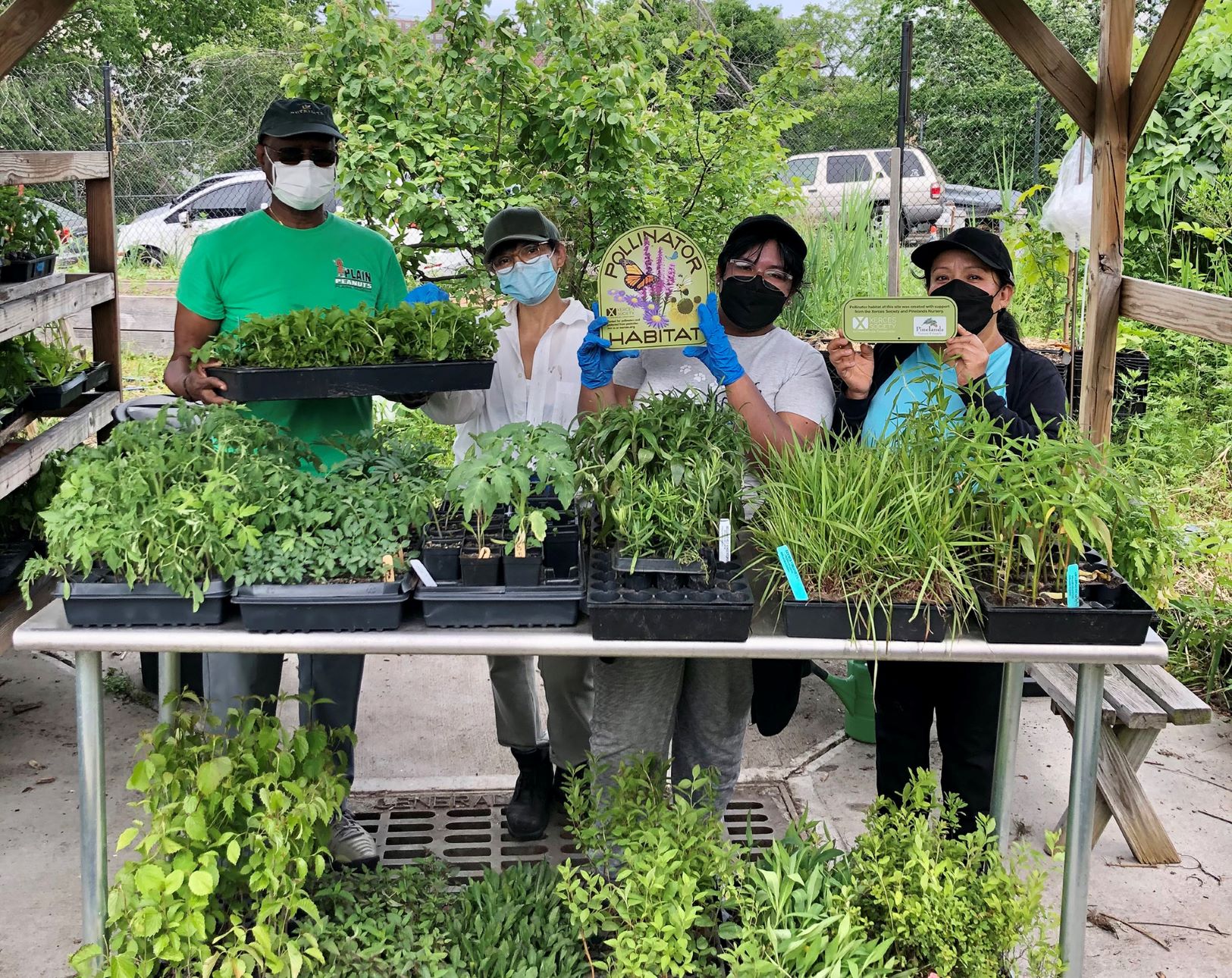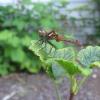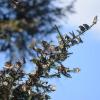A version of this article originally appeared in the Fall 2021 edition of Wings.
The legendary multigenerational migration of the monarch butterfly has been considered a threatened phenomenon since the 1980s, but the situation has grown increasingly dire in the intervening decades. The eastern monarch population has declined by 80 percent since the 1990s and, in the west, monarchs have nearly vanished, with the data from the most recent count showing a 95 percent decline over the last four decades.
Sadly, it’s not just monarchs. A recent study found that butterfly abundance in the western United States is falling by some 1.6 percent annually. Bumble bees and many other pollinators are also declining at an alarming rate.
Habitat loss is a major factor contributing to these declines. Each year in the United States more than two million acres of open space—nearly six thousand acres per day—are lost to development or converted to other land uses. Widespread removal of natural or semi-natural areas continues to push the milkweed and nectar plants that monarchs and other pollinators rely on to the edges, or displaces them altogether.
Habitat kits mobilize “all hands on deck” for pollinator conservation
Faced with the disheartening news about pollinator decline, we had to ask ourselves what more we could do. We soon realized that one of the most efficient ways to accomplish this would be to provide more support to the many individuals and groups in our communities that already want to take action by creating pollinator habitat. For many, the biggest hurdles are the high costs of appropriate plants and the difficulty of finding suppliers. Thus, the Xerces Society Habitat Kit Program was born: a partnership between Xerces, local residents, and native-plant nurseries.
Xerces habitat kits offer regionally appropriate plant materials grown to order by nurseries and supplied to our community partners. In return our partners provide sweat equity: the time, the labor, and land. The habitat kits not only help people plant and nurture habitats that support monarchs and other pollinators, but they also remove financial barriers for groups and individuals who want to help.
With many years of designing planting plans and implementing habitat projects under our belts, Xerces selected the best native plant species for different regions and types of habitat. We chose species for their compatibility with local growing conditions, including ease of establishment, bloom times, and climate resilience.

The kits distributed in California each include more than fifteen hundred plants. They have been used on farms, on school grounds, and in natural areas. (Photograph by the Xerces Society / Angela Laws.)
We then found and contracted with local native-plant nurseries to grow the plants. We took precautions to select partner nurseries that were able to offer plants that are not treated with systemic insecticides such as neonicotinoids, or with other pesticides that are highly toxic to monarchs and other pollinators.
Once we determined the contents of the kits and figured out who to work with to produce them, we had to find committed partners to raise the plants. We wanted to be sure that they would be able to grow the plants successfully, manage them over the long term, and protect the resulting habitat from pesticides. We also wanted to meet our own equity targets for supporting underserved or diverse communities. To fulfill these multiple needs, we put out a call for groups and individuals to apply for a kit, and got many more requests than we could supply. In making the final selection of who would get kits, special consideration was given to projects that incorporated educational programs and outreach, contributed to community science projects, or engaged underserved populations.
Kits deployed across California, Northeast and New Mexico
Since 2019, California habitat kits enabled 115 projects, adding to the landscape 106,000 plants that support monarchs and other pollinators. Despite our strict criteria for giving a person or organization a kit, we had many more people interested in receiving one than we had kits available.
In the spring of 2021, Xerces distributed an additional 46 kits in the Northeast—nearly 36,000 native plants—to agencies, conservation districts, nonprofit organizations, nature centers, community groups, Bee City USA and Bee Campus USA affiliates, and other eligible organizations across nine states. Plantings were completed on working lands and in natural areas, parks, preserves, schoolyards, and community spaces, creating habitat in a wide range of places.
In 2021 we also distributed 350 kits (11,500 plants) in Santa Fe, New Mexico designed for home gardens along the Santa Fe Pollinator Trail. The Pollinator Trail project has been developed with local agencies and nonprofits to create connected, climate-resilient pollinator habitat across the urban landscape.

Habitat kits supported community projects in nine states in the Northeast. Many of the kit recipients were in urban areas, including the New Roots Community Farm in New York City. (Photograph by Dina Garcia.)
The Xerces Society has a long history of partnering to protect pollinators. Thanks to the new direction offered by the habitat kits, we have had the rewarding opportunity to form fresh partnerships and to further expand our support to local communities. While coordinating the habitat-kit projects takes work by Xerces staff, this effort is multiplied by our dedicated community partners. They are the true champions, and they deserve the credit for bringing the habitat-kit program to fruition.
On behalf of the Xerces Society, thank you to all of our kit partners for creating habitat and being ambassadors for pollinator conservation in your communities. You are making a difference for the little things that run the world.
Further reading:
- Pollinator-Friendly Native Plant Lists xerces.org/pollinator-conservation/pollinator-friendly-plant-lists
- Xerces Habitat Kit Program xerces.org/pollinator-conservation/habitat-kits




